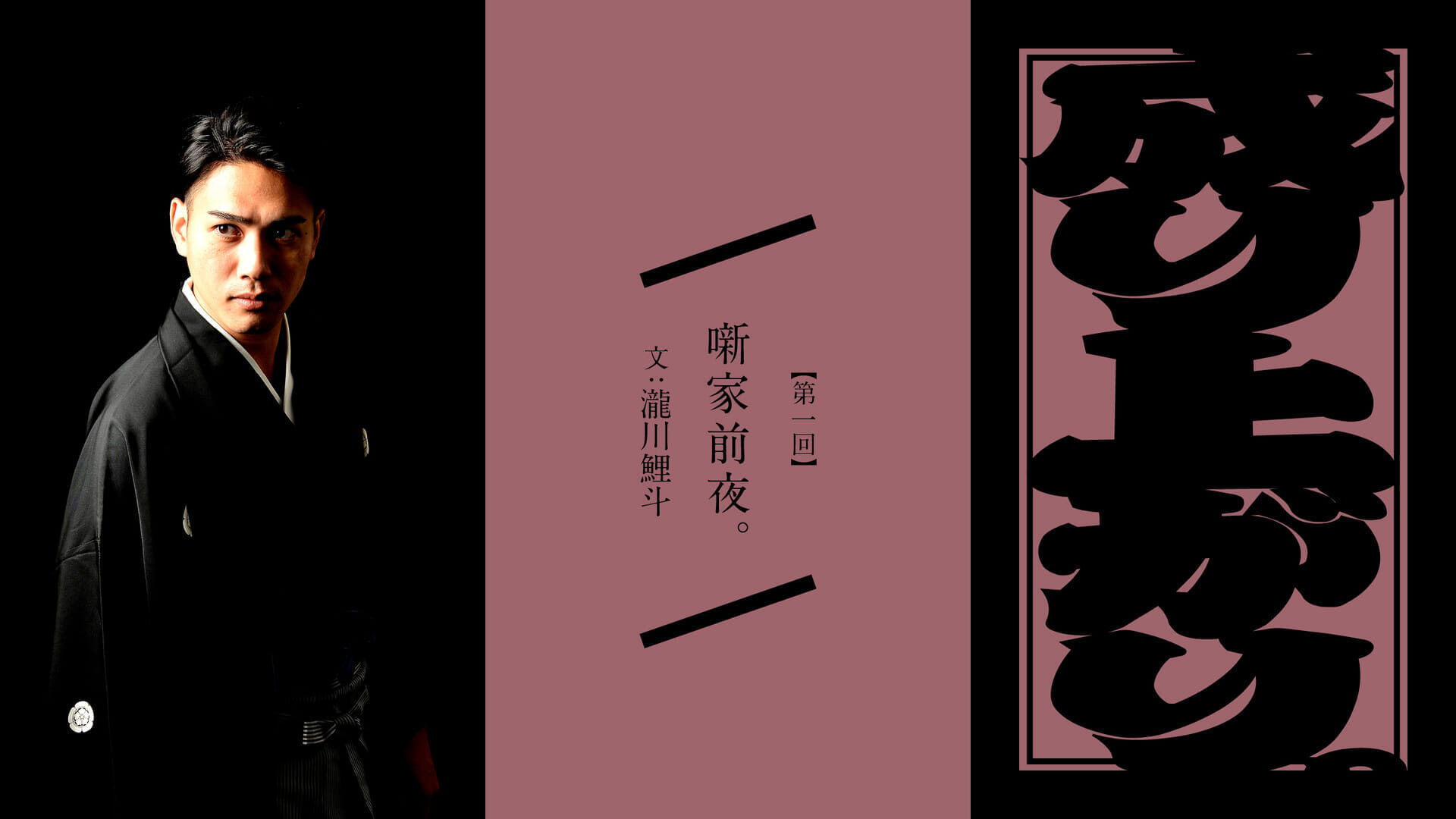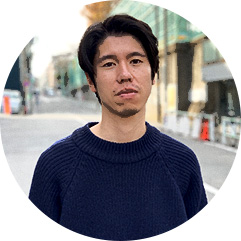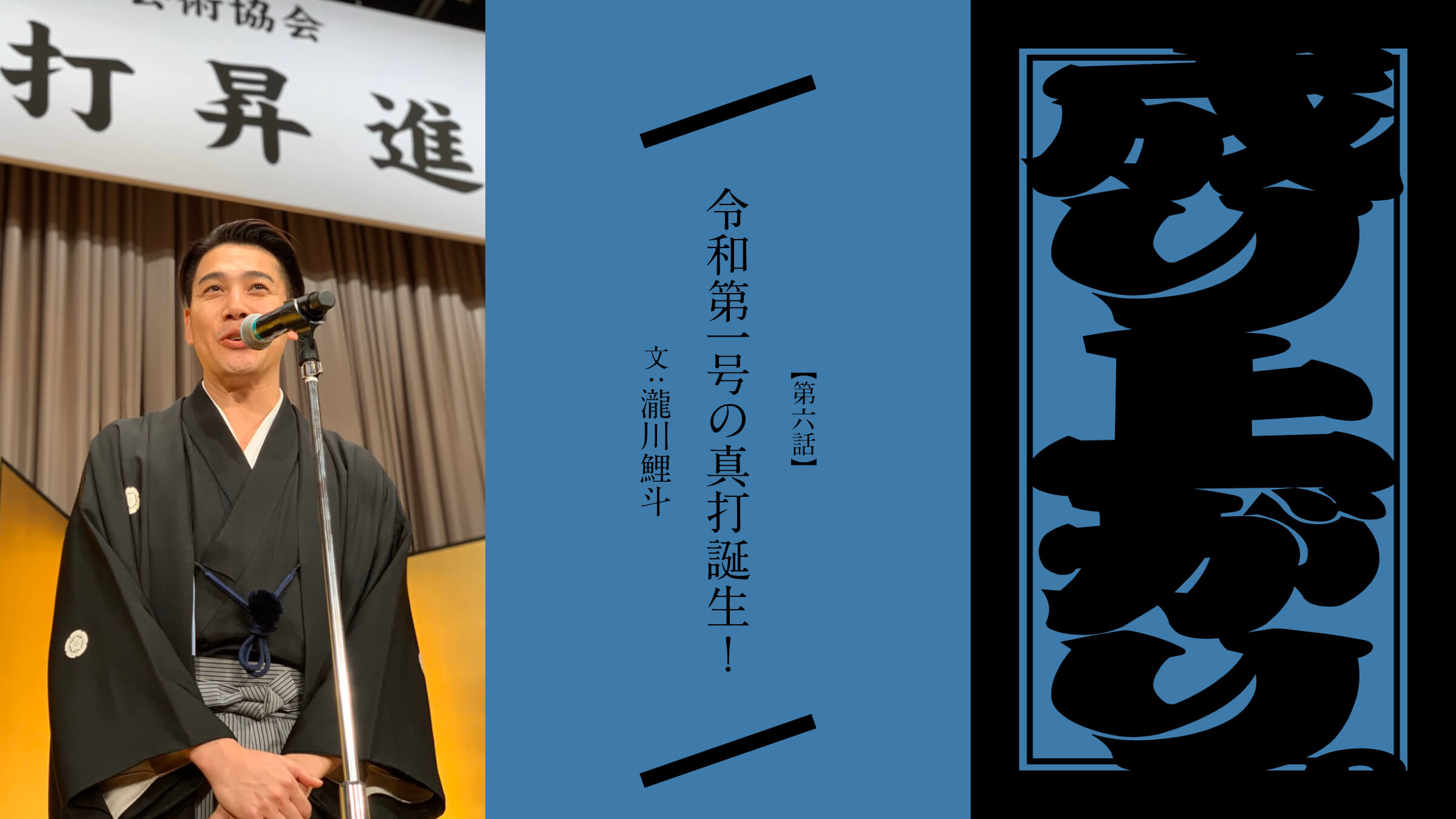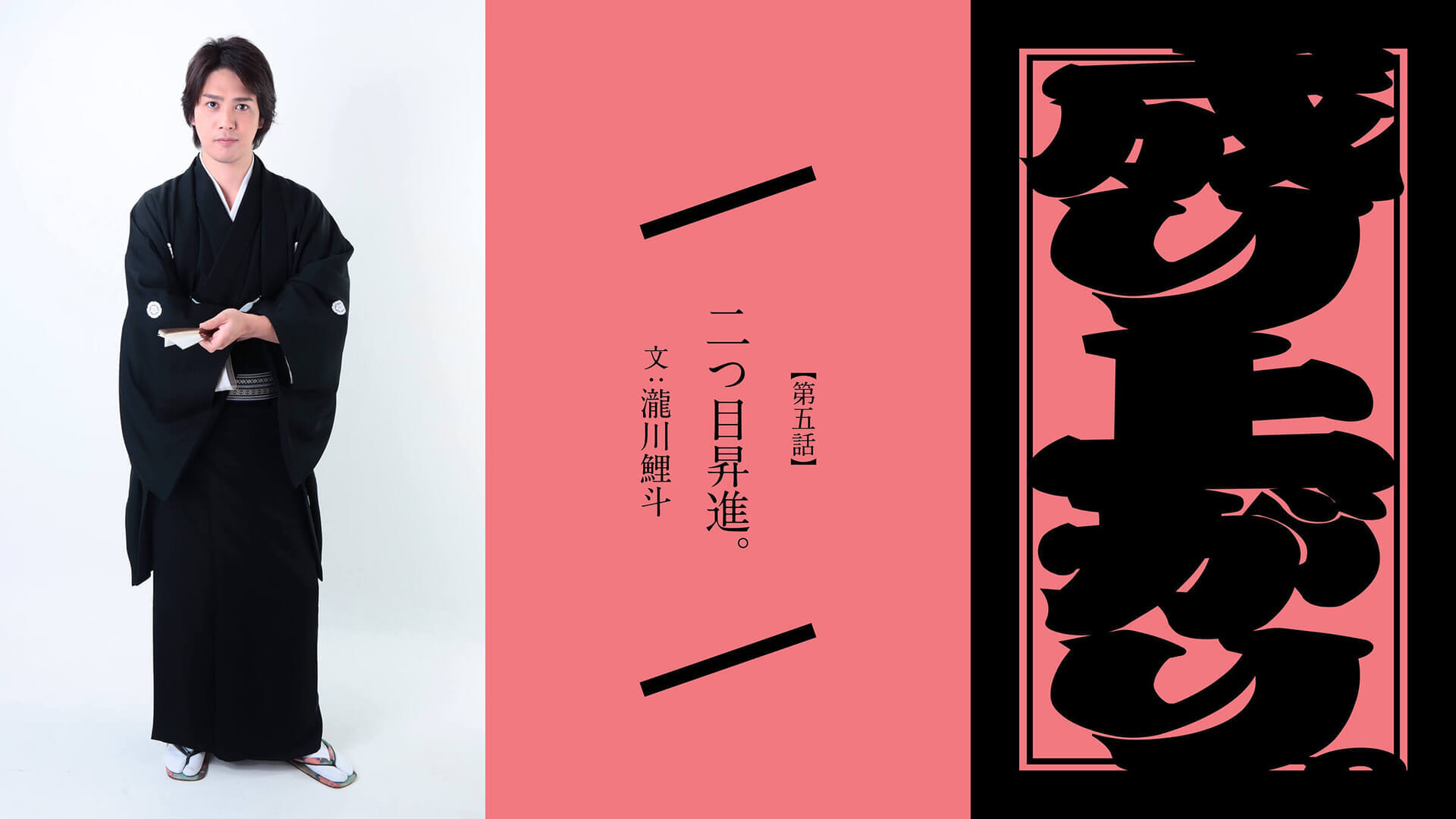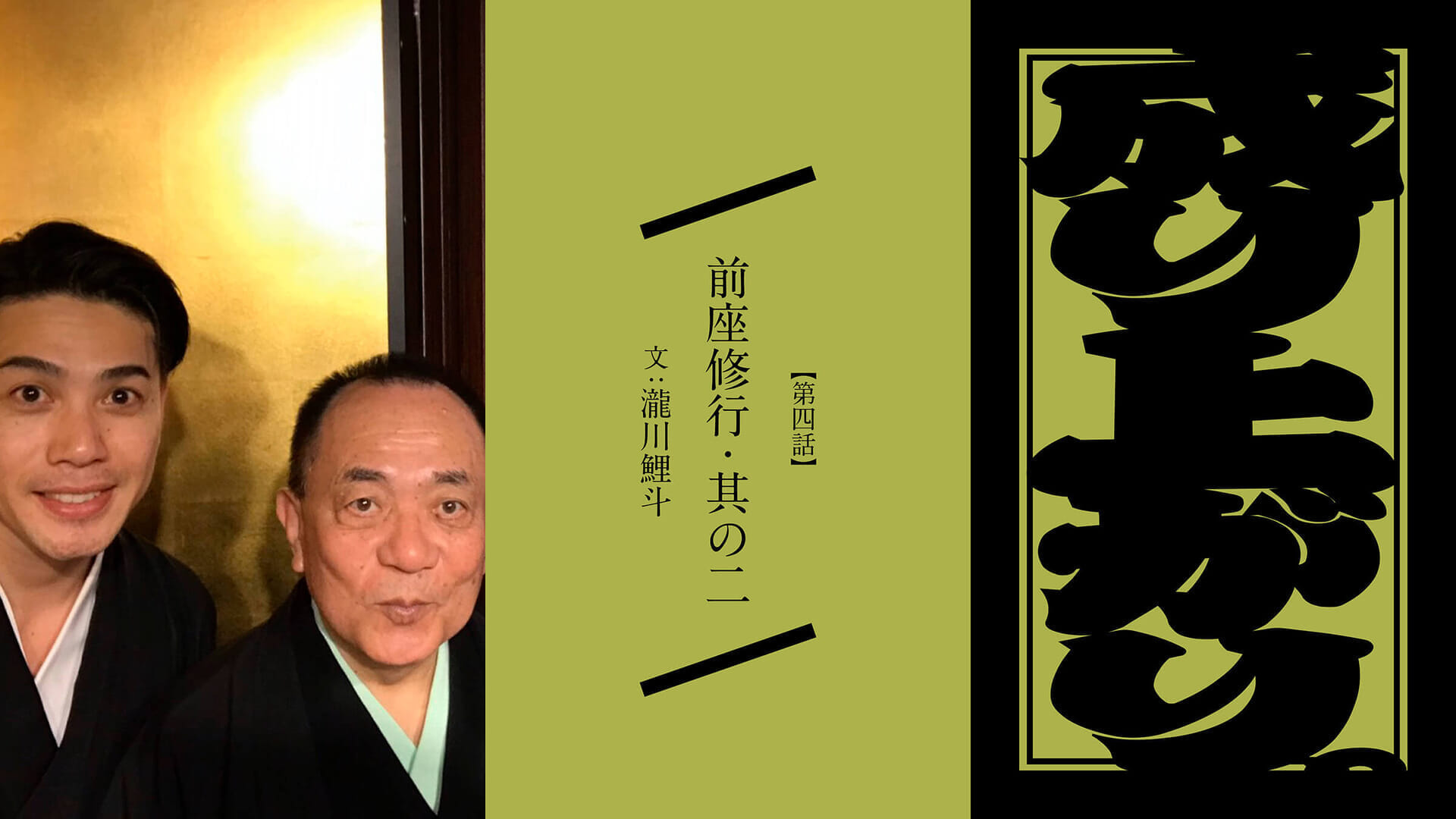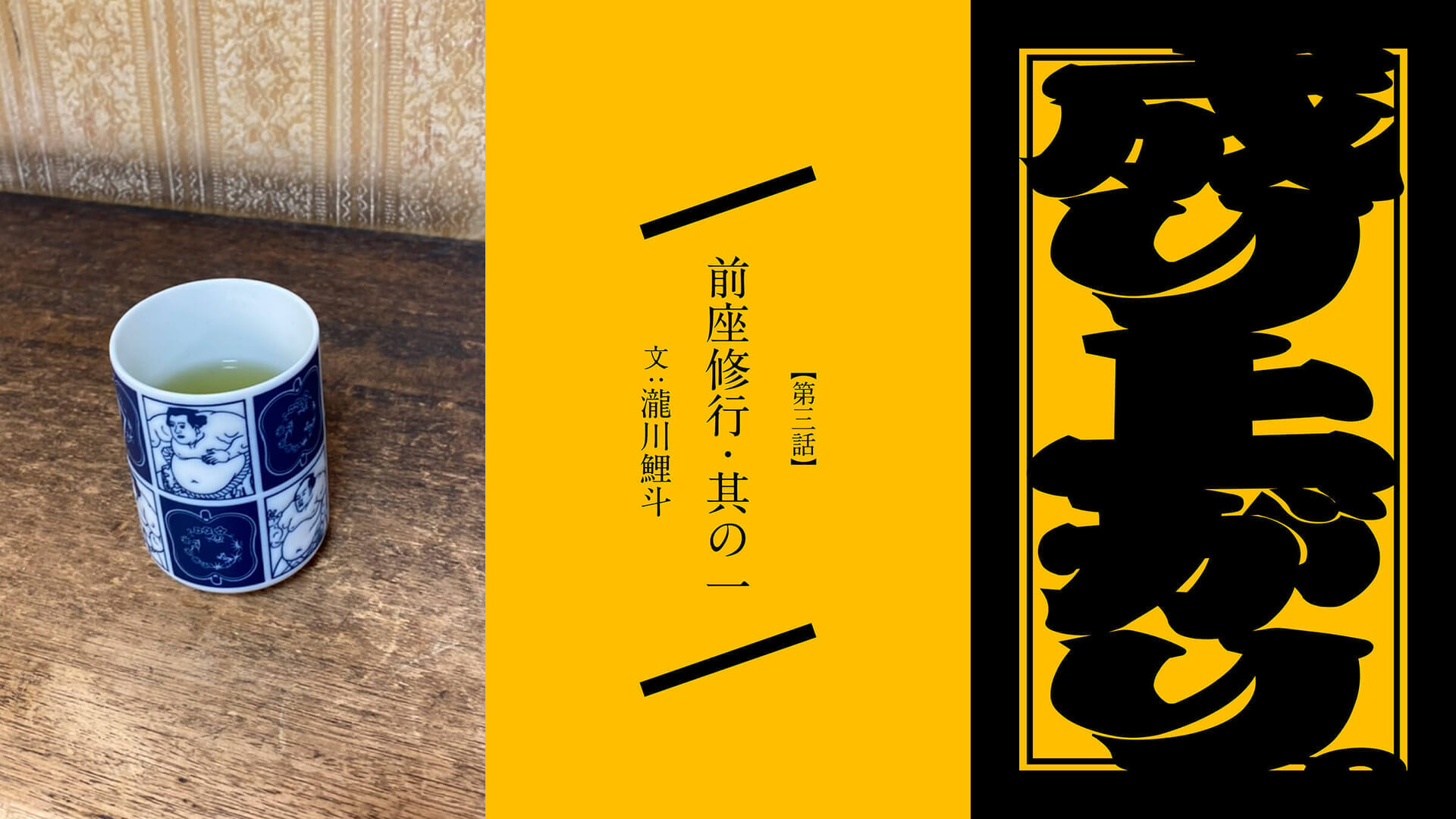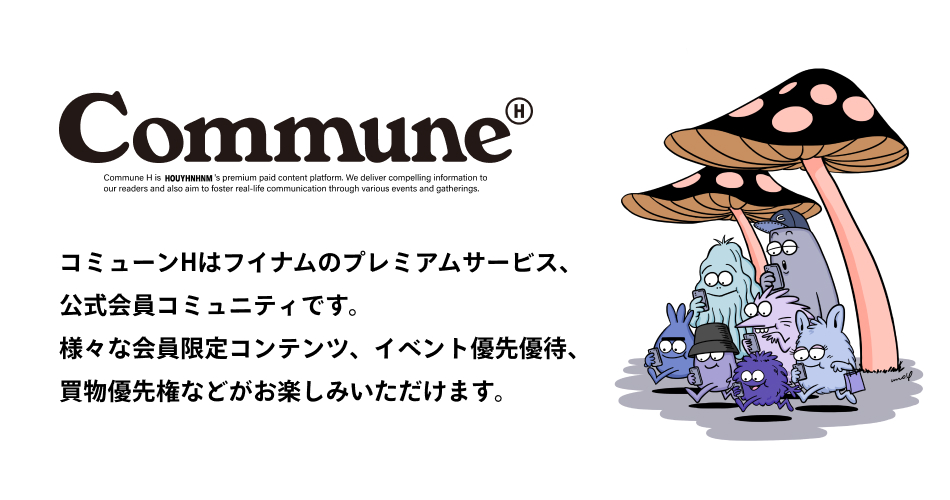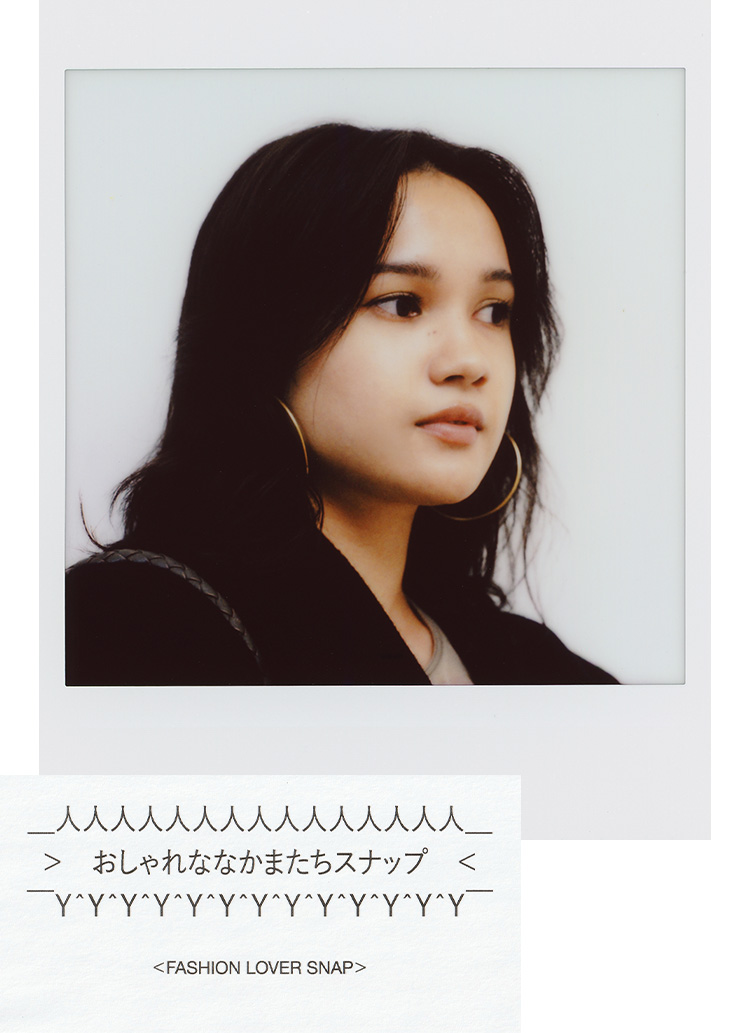first The eve of the rakugo storyteller.
My name is Takigawa Koito and I am a rakugo storyteller. I was promoted to the rank of shinuchi in May of this year, the year the Japanese government changed the name of Japan to "2025! This year marks my 15th year as a professional storyteller.
There is a class system in the world of rakugo, with three levels: maeza, nitsume, and shinuchi.
As a maeza, you are trained to take care of the various needs of the masters in the backstage area and to be able to perform in the role of a chiaroscuro. When the training is recognized by the masters, the performer is promoted to nizume.
When you become a nitsuji, you are released from the training in the dressing room and are allowed to wear a haori and hakama on the stage. This gives you more time to concentrate on rakugo, but you are still in training. Once you become a shinuchi, you are allowed to perform at yose, and you can have an apprentice. Well, this is roughly how the world of rakugo works.
Now, I would like to write about why I entered the world of rakugo.
First of all, my real name is Naoya Oguchi. I was born as the second son of an ordinary family. My parents named me Naoya in the hope that I would grow up to be a straight person who would never lie.
I think I have been a child interested in many things ever since I can remember.
Due to my father's work, I had to move to Sumikawa, Sapporo, Hokkaido when I was five years old. At the time, I was more excited about the big ship ferry that I could take for the first time in my life than I was about the loneliness of leaving my friends in Tokyo.
There is a Self-Defense Forces base next to my house, and I was most looking forward to the snow festival held there in winter. I was especially looking forward to eating the "chocolate man," which was a meat bun with chocolate filling, at the stall selling meat buns and bean-jam buns (laughs).
Toward the end of second grade, I was transferred by my father to Nagoya, my mother's hometown. At that time, I was more anxious to leave my friends in Sapporo than I was to go to Nagoya, and I cried because I was so lonely.
In Nagoya, when I joined a club and started playing soccer, I wanted to play goalkeeper, which stood out because of the different uniforms, and I was passionate about it, and by the time I was in junior high school I was the goalkeeper for the Aichi Prefecture national team.
But at the same time, I started to hang out with my more adventurous friends, and it became more fun to hang out with them at night. At the time, I thought those older guys looked cool. If I could say to myself now, as I did then, I would tell myself to take soccer seriously!
At the time, there was a motorcycle gang called "Tenpaku Specter," and I am ashamed to say that I even became the 12th general commander.
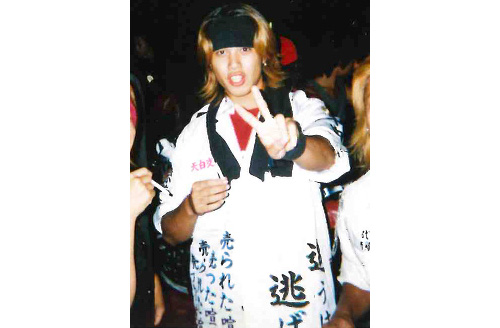
Mr. Koito Takigawa in his biker gang days.
I had been spending all my time doing bad things and getting into fights, and I realized that I could not continue living like this. I had always loved movies, so I came to Tokyo with the vague idea of becoming an actor, but I could not afford to eat first, so I decided to take a part-time job for the first time in my life.
So, I was hired as a cook at the "Red Brick" restaurant in Shinjuku at the time.
This red brick is the place where my destiny diverged.
It was a large restaurant that could accommodate about 200 people, and there was a stage in the most prominent place. There was a beautiful Yamaha piano there, and professional musicians came and played every day.
Twice a year, my teacher, Takigawa Koisho, would hold a rakugo performance at such a place.
I fell in love with the master's art when I first came into contact with rakugo, and after he finished his performance, I asked him to take me on as an apprentice at the launch site. I asked him to take me on as an apprentice.
The master said, "Do you know a Yose?" I replied, "I don't know," to which he replied, "There is a place in Tokyo called Yose. For the next six months, I went to Shinjuku Suehiro-tei every day when I had time.
Six months later, when my master came to a rakugo party at the Red Brick, I told him I had seen a yose, and he said, "Is that a good place to work?" He said.
I said "yes" in reply, and the master opened the door to the world of rakugo, saying, "Come to our house starting tomorrow.
I am grateful to my mentor, Takigawa Koisho, for bringing me into the world of rakugo.
PROFILE
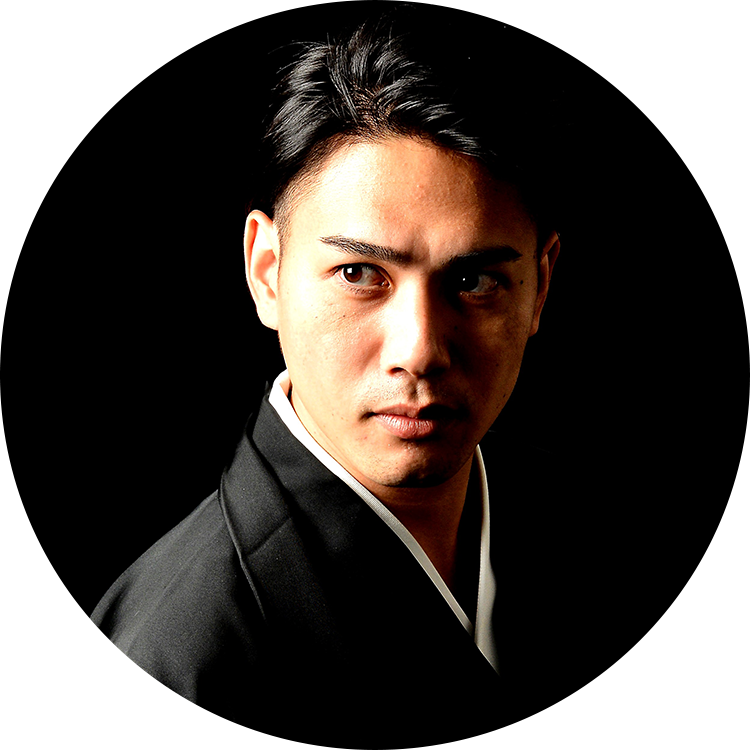
Born in 1984 in Nagoya, Japan, he is a member of the Rakugo Art Association. He became obsessed with motorcycles in high school and became the leader of a local motorcycle gang at the age of 17. He became an apprentice when he saw a solo performance by his master Takigawa Koisho while working part-time at a restaurant in Shinjuku, and was promoted to maeza in 2005, nitsume in 2009, and shinuchi in May 2019.


